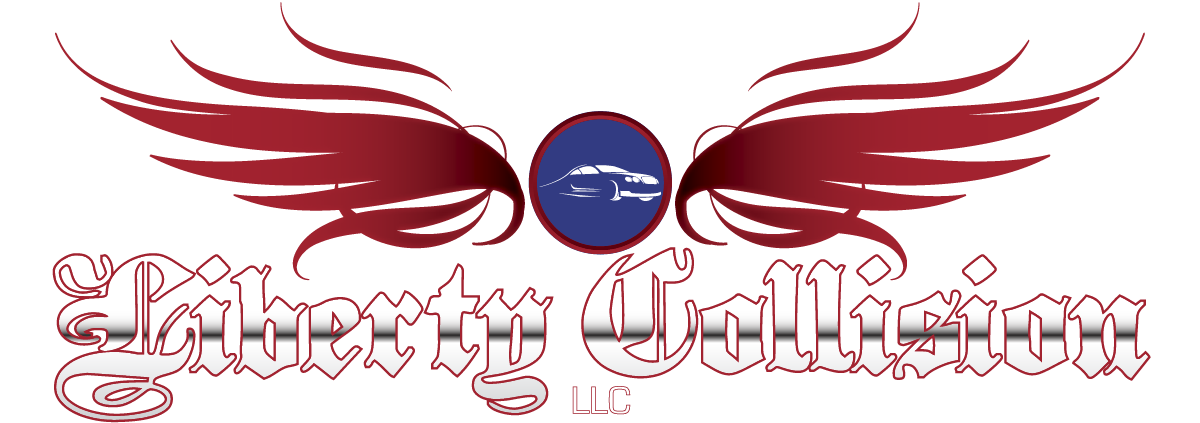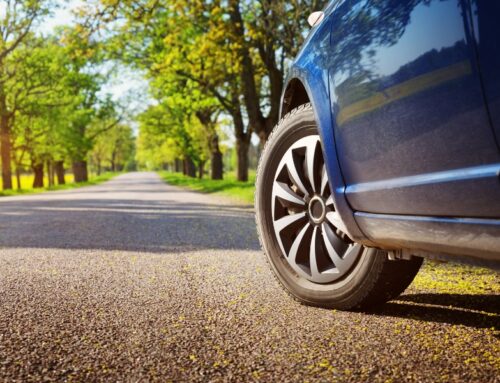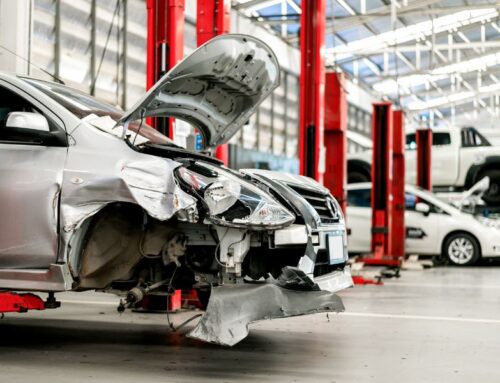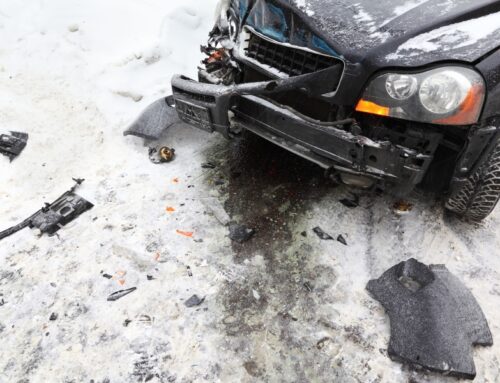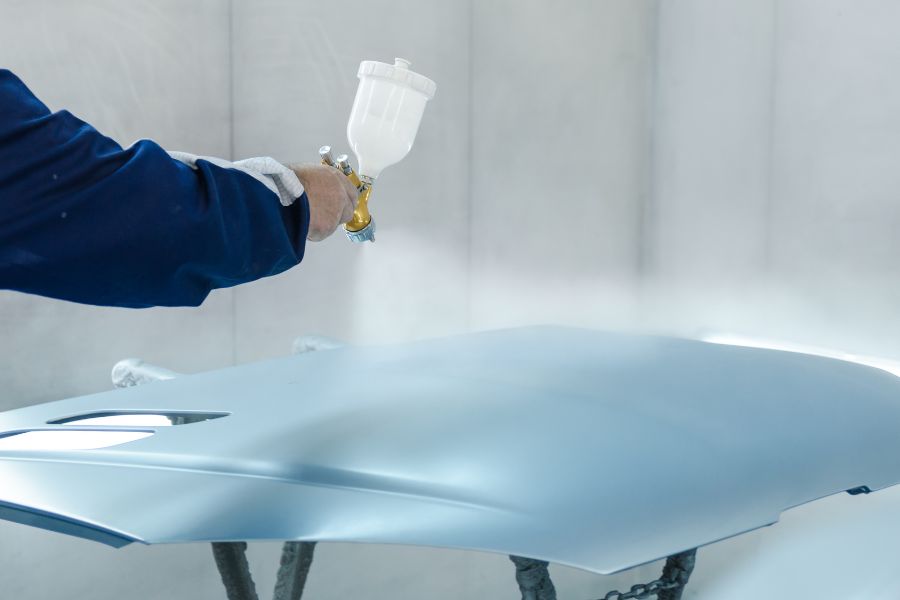
Picture this: you have a spin out driving down the highway during a snowstorm and need to get your bumper repaired. Your mechanic recommends replacing the entire panel in order to restore your vehicle back to its former glory. Once your car is repaired and you pick it up, you notice the bumper paint looks similar to the paint on the surrounding areas, but it is not an exact match. You feel that it’s good enough, but after driving for a month and becoming more and more bothered by the mismatched paint, you take it back to be fixed. At this point, the mechanics are unwilling to fix the paint and you are stuck with a two-tone car.
What a nightmare! To ensure this never happens to you, don’t settle for a mismatched paint job after a collision!
It’s all in the clear coat
The shiny new paint on your car is the first thing you will see after a repair, and that shine comes from the clear coat. Clear coat is a clear, protective surface applied over the color of your car. It protects from scratches, weathering and deterioration. The clear coat must be applied to the entire panel or it will deteriorate over time and lose its uv protection and scratch panel effectiveness.
To ensure proper application of new paint and clear coat, your collision repair shop should follow both the car manufacture and paint manufacture manuals exactly. Your collision repair shop may advise you it is necessary to apply clear coat to the entire panel, and extend the refinish to the nearest definitive panel edge or “break point.” This is a common industry practice, and often a requirement to qualify for a refinish manufacturer’s lifetime warranty. Some automakers also have specific documents that specify this necessary repair step when refinishing an OEM clear coat. The reason most paint companies and automakers require the clear coat to be extended and not “blended” in the middle of a panel is the potential for weaker adhesion of the clear coat in the blend area. Another reason is the potential for poor weathering characteristics of the thin clear coat edge in a blend area. This can result in cloudy or dull areas with continued exposure to the sun and the elements over time. Following the procedures detailed by the manufacturer should help ensure you receive better quality outcomes!
Don’t settle for less than perfect paint after a collision repair!
When picking up your vehicle from the collision repair center, you should expect the paint to look as good or better than it did before repair.
If you need collision repair in Reno or Sparks, Nevada, don’t hesitate to contact the collision repair experts at Liberty Collision at (775) 329-3368! We’ll make sure your repairs are done properly and will help you restore your vehicle to its full potential.
